
La réforme du Code du travail est amenée à fluidifier le marché du travail. Cependant, l’ambition du gouvernement consiste plutôt à adapter le cadre législatif aux transformations provoquées par la révolution numérique. Comment ces mutations affectent-elles les missions de Pôle emploi, l’opérateur public de référence sur la sécurisation des parcours professionnels ? Éléments de réponse par Jean Bassères, son directeur général.
La révolution numérique transforme profondément le marché du travail et notamment la relation des individus à l’emploi. Quelle est votre vision de ces évolutions ?
Le développement du numérique a plusieurs conséquences pour l’activité de Pôle emploi. En premier lieu, il modifie directement les modalités de recrutement et de recherche d’emploi par l’accès plus simple et plus rapide qu’il permet à une information beaucoup plus vaste. Mais il découle de cela au moins deux autres effets, indirects et plus complexes : l’élargissement des opportunités professionnelles, avec des aspirations individuelles et des possibilités de reconversion plus vastes (qui peuvent notamment s’appuyer sur les nouveaux modes de formation permis par le numérique), d’une part ; la possibilité d’améliorer l’adéquation entre les profils des candidats et les besoins exprimés par les recruteurs, d’autre part. Cette opportunité nécessite toutefois d’affiner les diagnostics et de renforcer les compétences, par exemple par la formation. Pour Pôle emploi, acteur du service public, ces évolutions interrogent notre propre mode de fonctionnement. Elles constituent un formidable défi qui nous conduit à innover en permanence, à développer de nouveaux services en nous appuyant sur nos start-up internes, en incubant d’autres start-up, en stimulant l’innovation et en organisant des challenges, pour apporter des réponses concrètes aux demandeurs d’emploi et, plus largement, à l’ensemble des actifs et aux recruteurs.
Le numérique transforme également l’approche de notre métier. À la faveur de cette transformation, nos conseillers ont pu réinvestir pleinement leur fonction d’accompagnement. Cette mission demeure essentielle et s’effectue de concert avec le déploiement des services numériques. La dématérialisation de certaines fonctions ou étapes du parcours du demandeur d’emploi, comme l’inscription et la demande d’indemnisation qui se font désormais intégralement en ligne, nous a ainsi permis de redéployer des agents vers des missions de conseil en emploi et d’augmenter de 15 points le temps consacré à l’accompagnement par les conseillers.
Pôle emploi est un acteur essentiel de la sécurisation des parcours professionnels, notamment pour ce qui concerne la formation professionnelle. Qu’attendez-vous des réformes annoncées par le gouvernement en la matière ?
Le plan d’investissement dans les compétences annoncé par le gouvernement concernera notamment Pôle emploi. Nous nous sommes déjà fortement investis dans la mise en œuvre du « Plan 500 000 formations supplémentaires » en 2016 et de son prolongement en 2017. Cet effort de formation sans précédent constitue une réponse adaptée au besoin croissant de qualification exprimé par les demandeurs d’emploi, notamment les plus éloignés de l’emploi, au regard des évolutions rapides du marché du travail. La qualité du conseil apporté par Pôle emploi et l’intérêt des formations suivies ont été confirmés par le niveau de satisfaction très élevé concernant la formation et l’aide apportée par Pôle emploi : 87,5 % des demandeurs d’emploi qui ont terminé leur formation en sont très ou assez satisfaits.
Plus généralement, l’investissement dans les compétences est à la fois la clé d’une entrée réussie sur le marché du travail pour les jeunes et une condition essentielle de la sécurisation des parcours professionnels sur le long terme. Cet investissement assure en effet l’adaptation des compétences individuelles à l’évolution permanente et de plus en plus rapide des métiers. Il doit s’inscrire dans la durée, en dotant chaque actif, quel que soit son statut, des moyens de se former tout au long de sa carrière.

 Nicolas Bouzou, est un essayiste français libéral spécialisé dans l’économie. Il est diplômé de l’université Paris-Dauphine et a un master de finance de l’IEP de Paris. Il a été pendant six ans analyste en chef de l’institut de prévisions Xerfi. Il a depuis 2006 fondé sa propre entreprise, Asterès, une société d’analyse économique et de conseil.
Nicolas Bouzou, est un essayiste français libéral spécialisé dans l’économie. Il est diplômé de l’université Paris-Dauphine et a un master de finance de l’IEP de Paris. Il a été pendant six ans analyste en chef de l’institut de prévisions Xerfi. Il a depuis 2006 fondé sa propre entreprise, Asterès, une société d’analyse économique et de conseil.


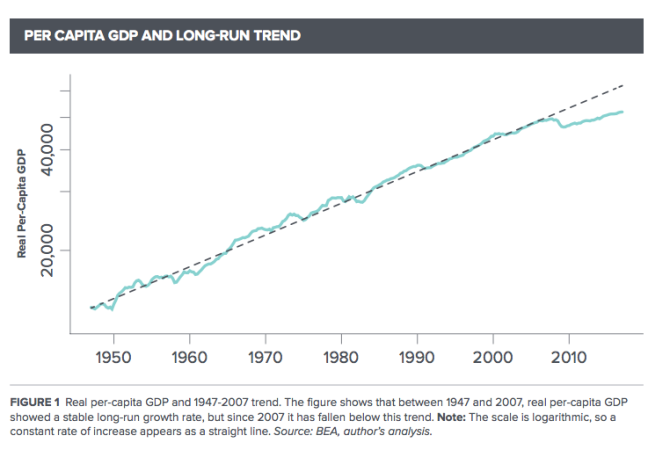
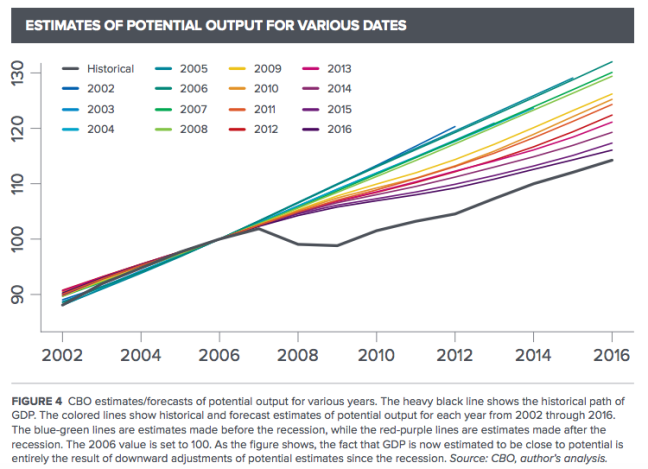
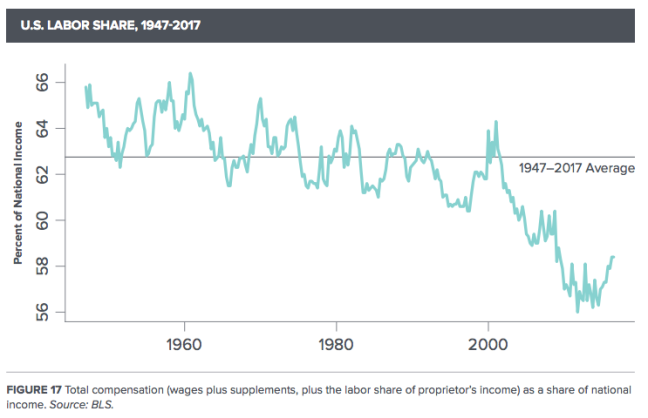
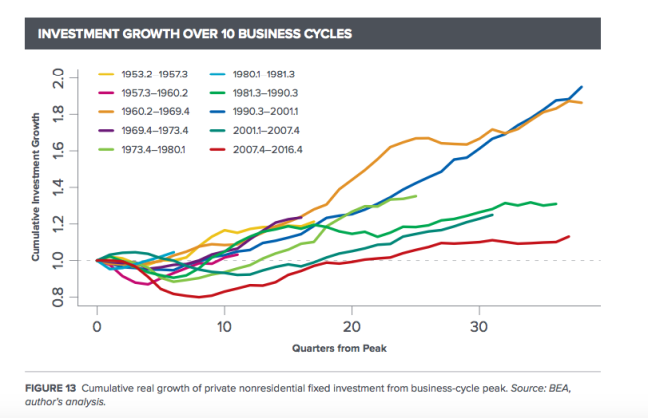

 the International Monetary Fund (IMF), and at the Board of Governors of the Federal Reserve System. He was the Charles and Marie Robertson Professor of International Affairs at Princeton University.
the International Monetary Fund (IMF), and at the Board of Governors of the Federal Reserve System. He was the Charles and Marie Robertson Professor of International Affairs at Princeton University.



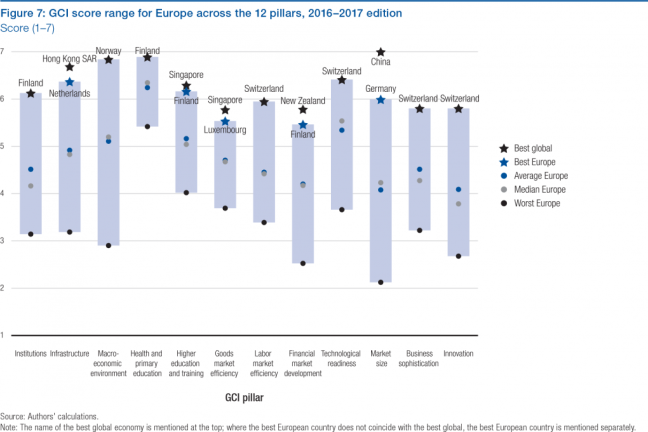
 Valley. He is former Vice-President at Forrester Research, a leading US-based technology research and consulting firm. At Forrester, he investigated how globalised innovation – with the rise of India and China as both a source and market for innovations – is driving new market structures and organizational models called « Global Innovation Networks ». During his tenure at Forrester, he advised senior executives around the world on technology-enabled best practices to drive collaborative innovation, global supply chain integration, and proactive customer service. He served as the Executive Director of the Centre for India & Global Business at Judge Business School, University of Cambridge, where Jaideep Prabhu was the director.
Valley. He is former Vice-President at Forrester Research, a leading US-based technology research and consulting firm. At Forrester, he investigated how globalised innovation – with the rise of India and China as both a source and market for innovations – is driving new market structures and organizational models called « Global Innovation Networks ». During his tenure at Forrester, he advised senior executives around the world on technology-enabled best practices to drive collaborative innovation, global supply chain integration, and proactive customer service. He served as the Executive Director of the Centre for India & Global Business at Judge Business School, University of Cambridge, where Jaideep Prabhu was the director.